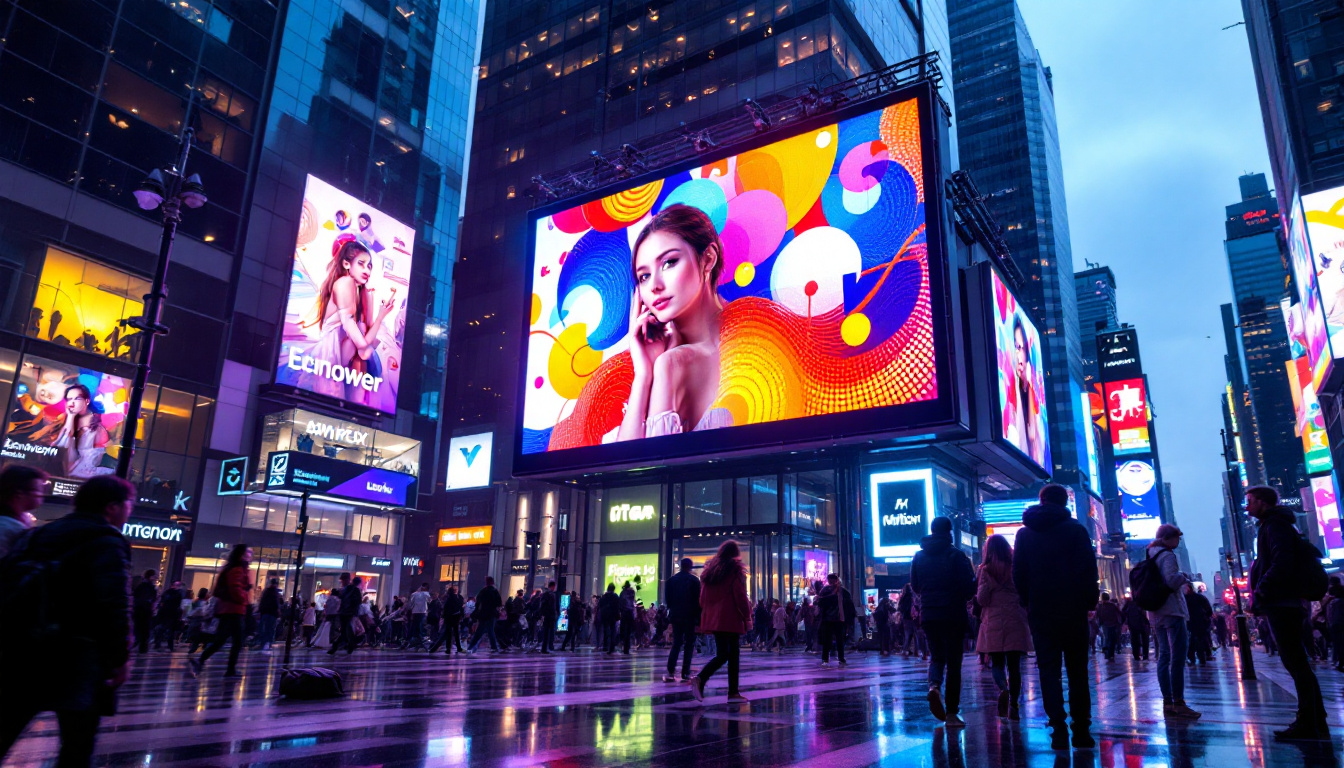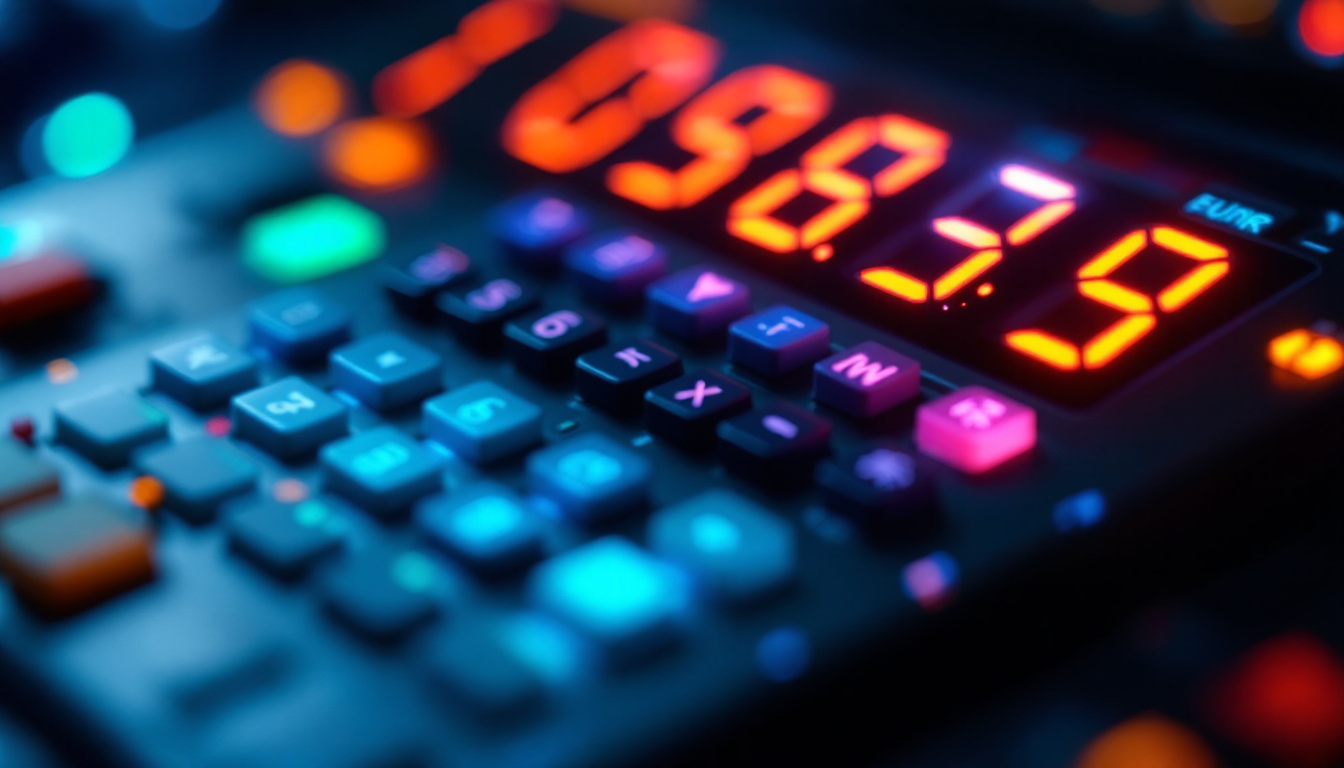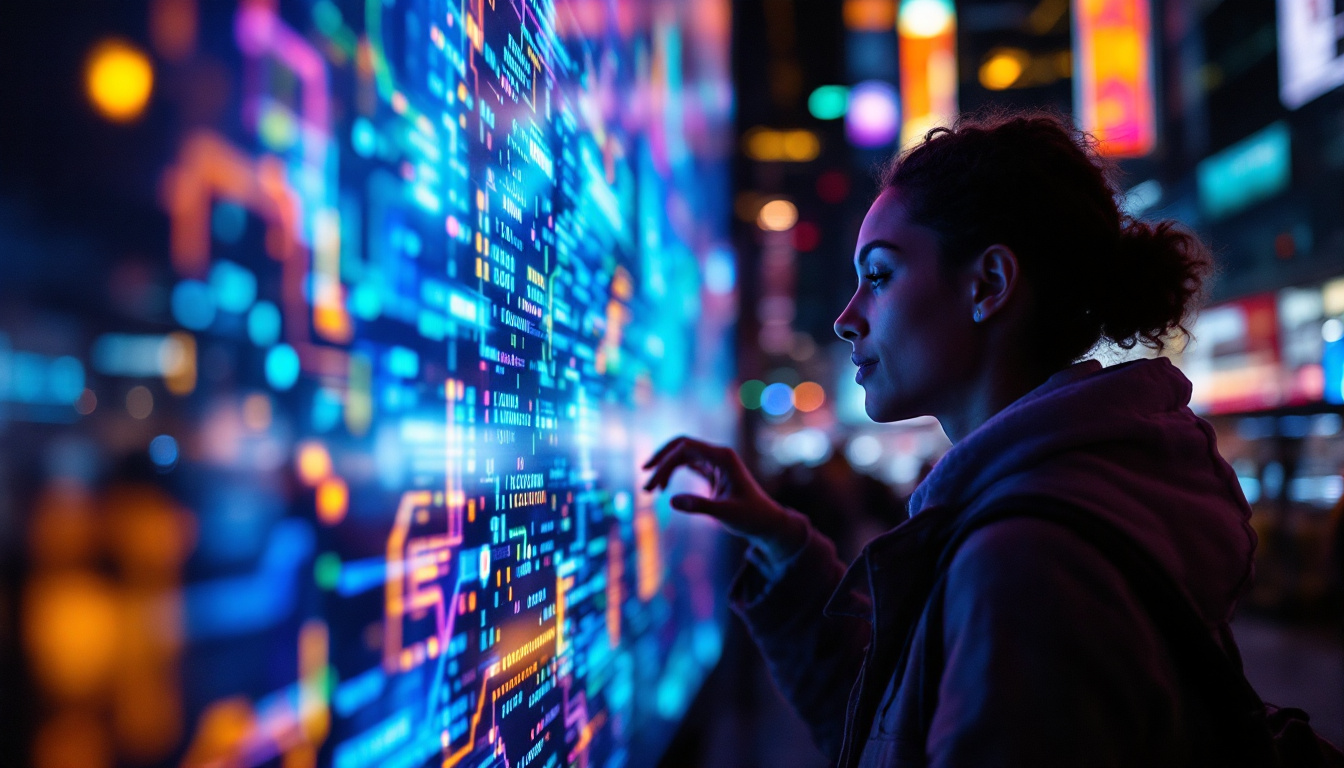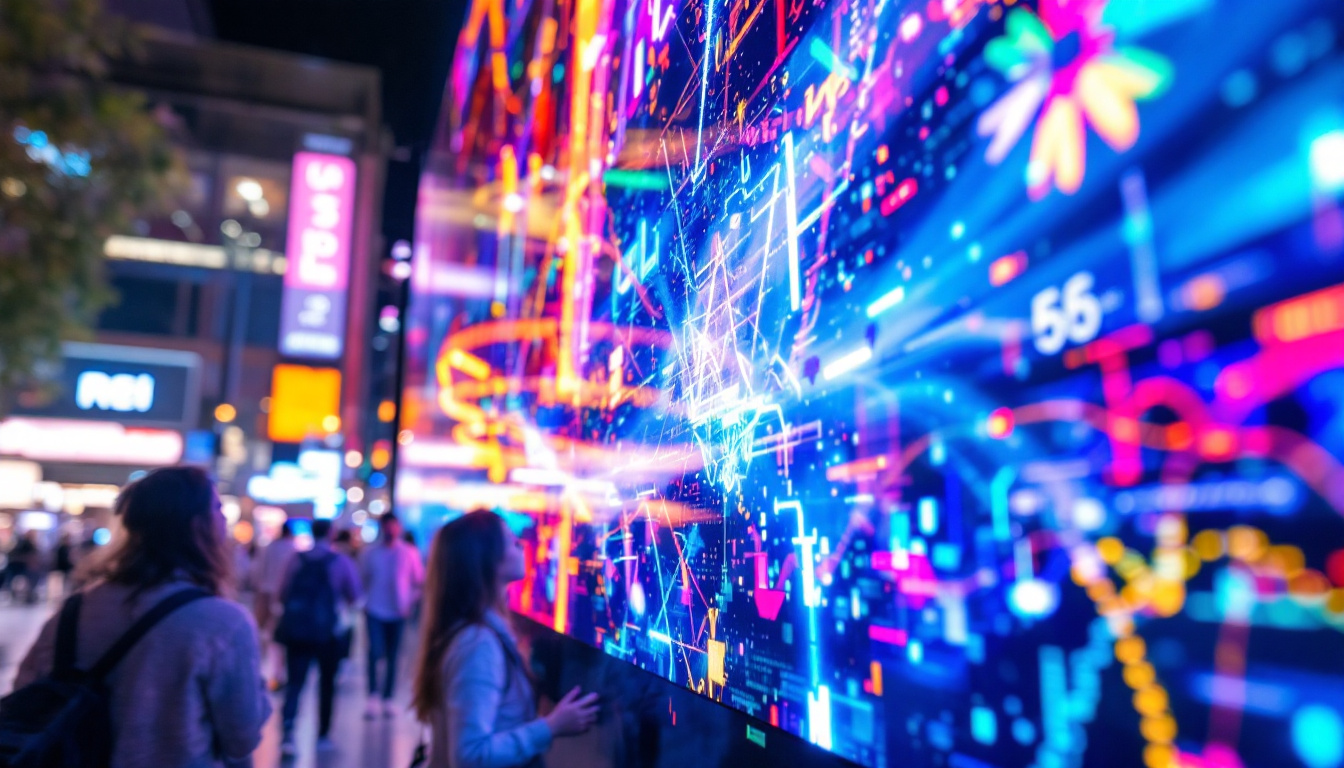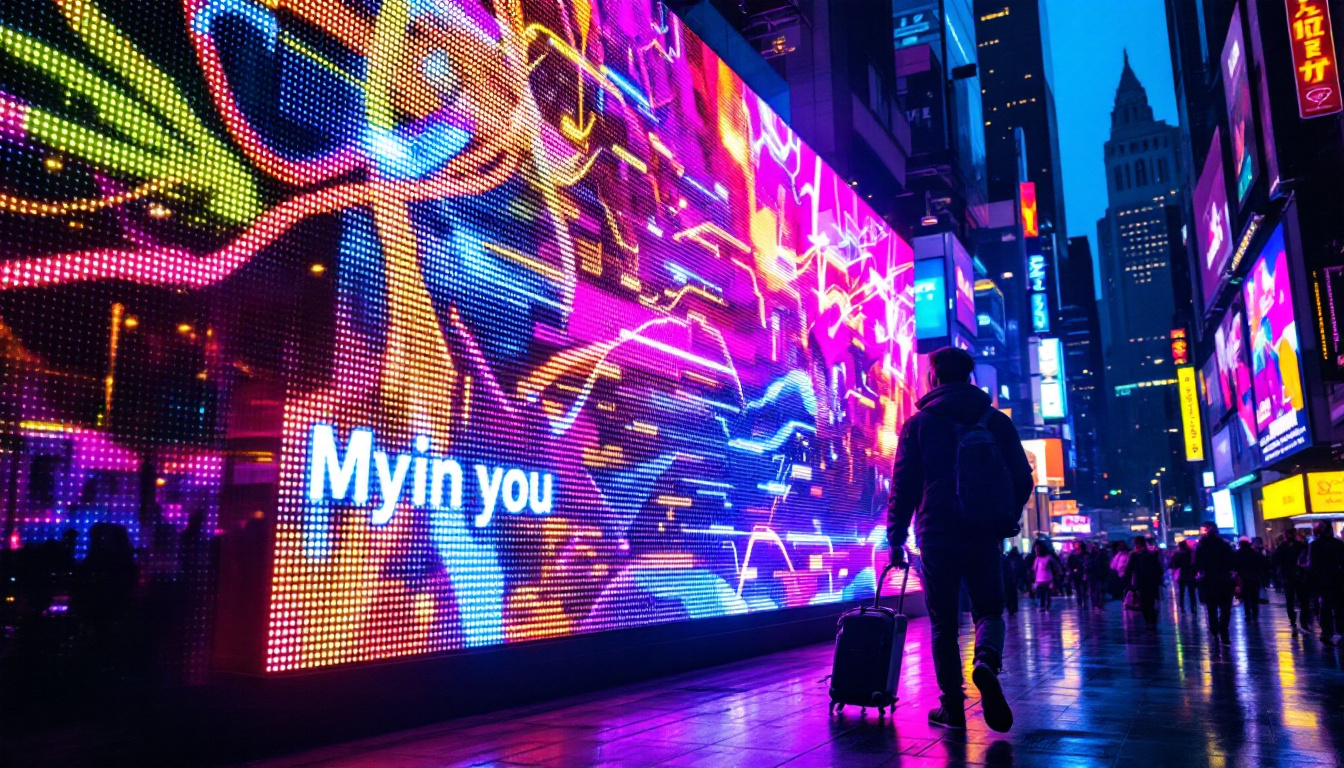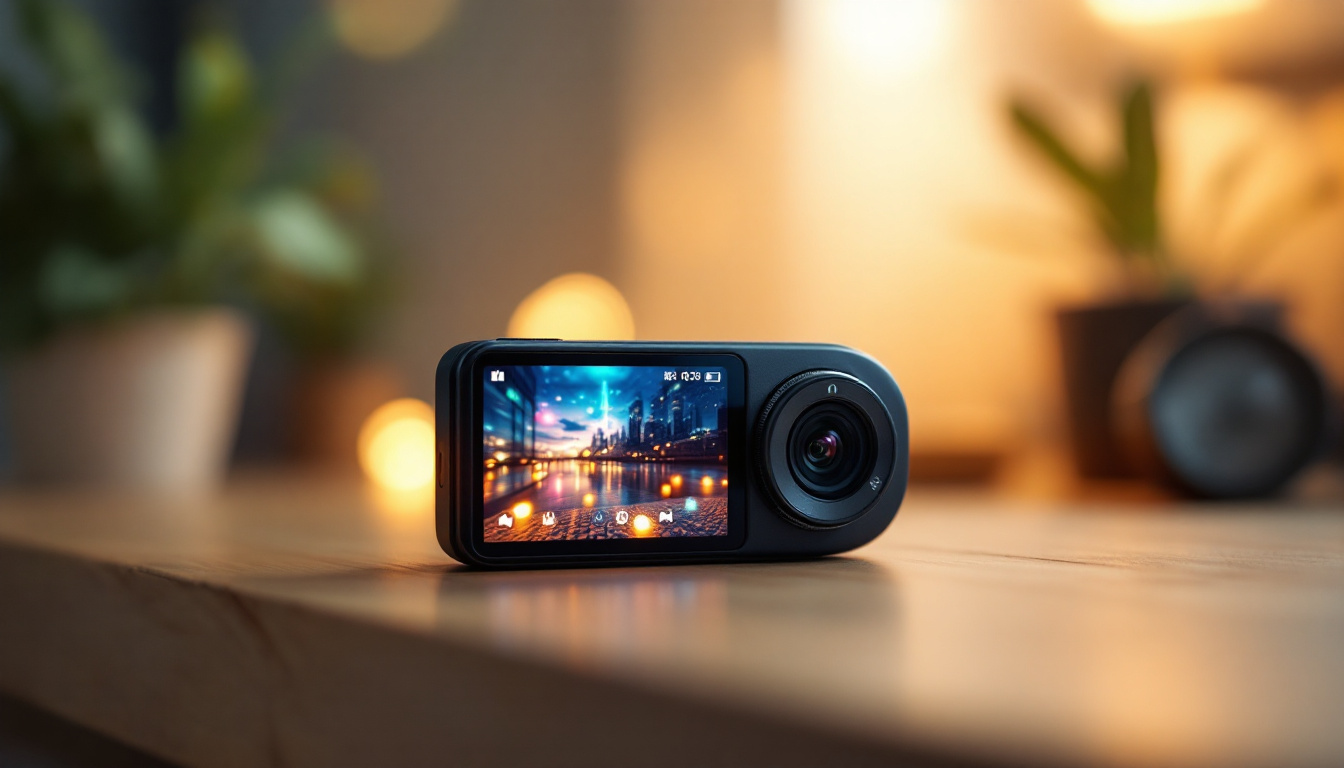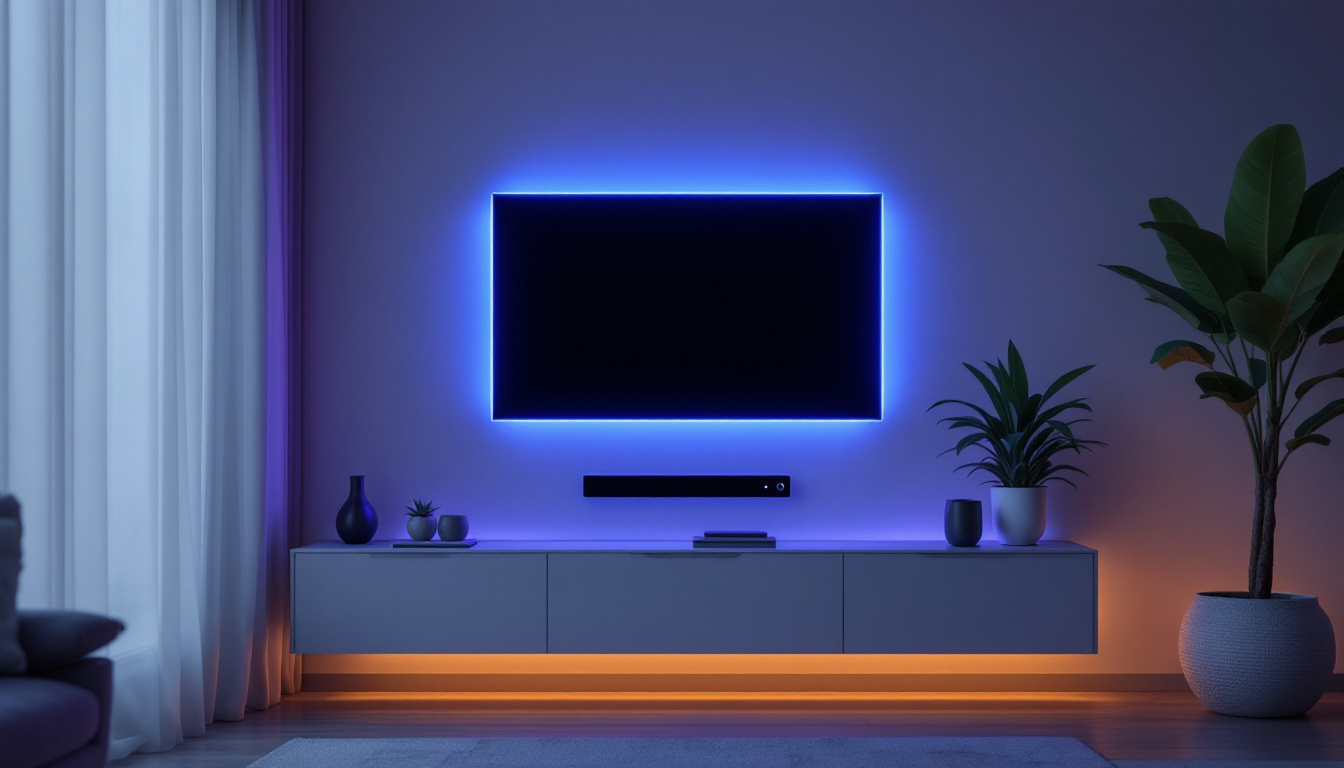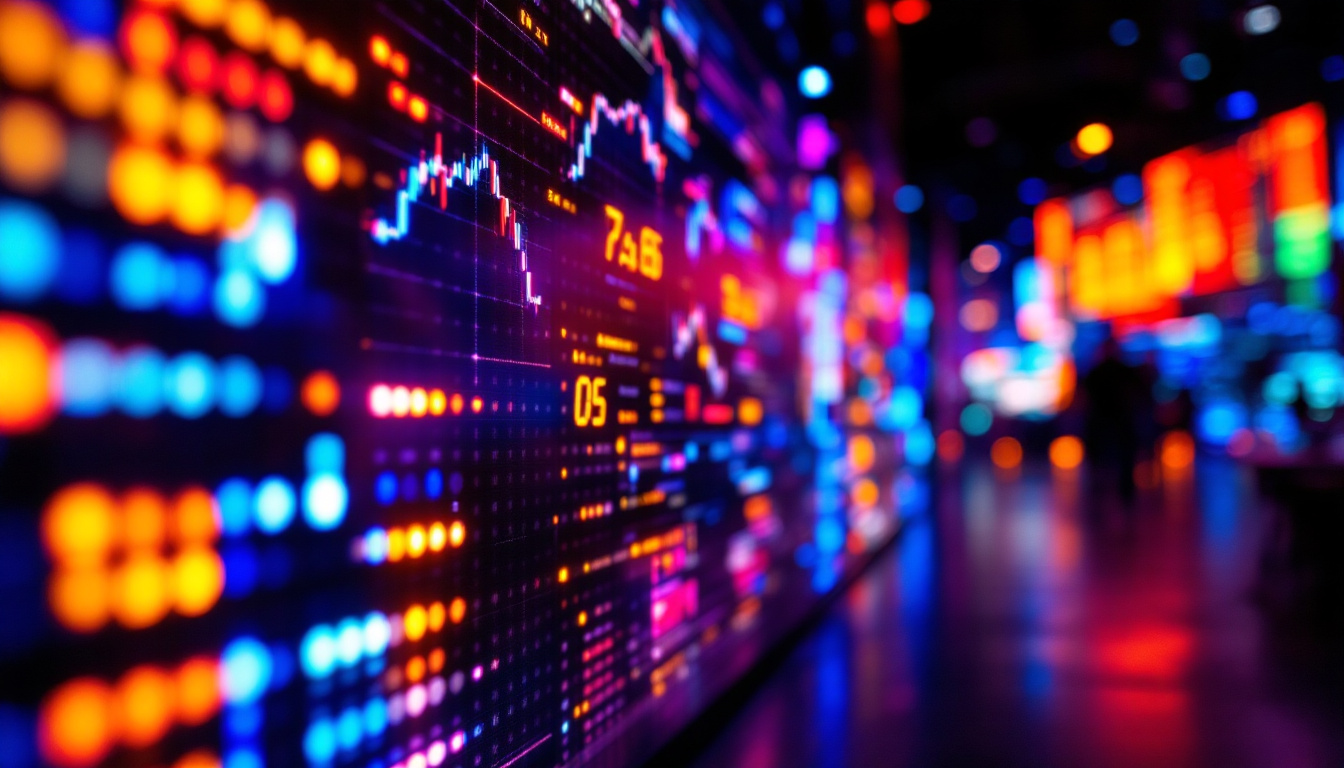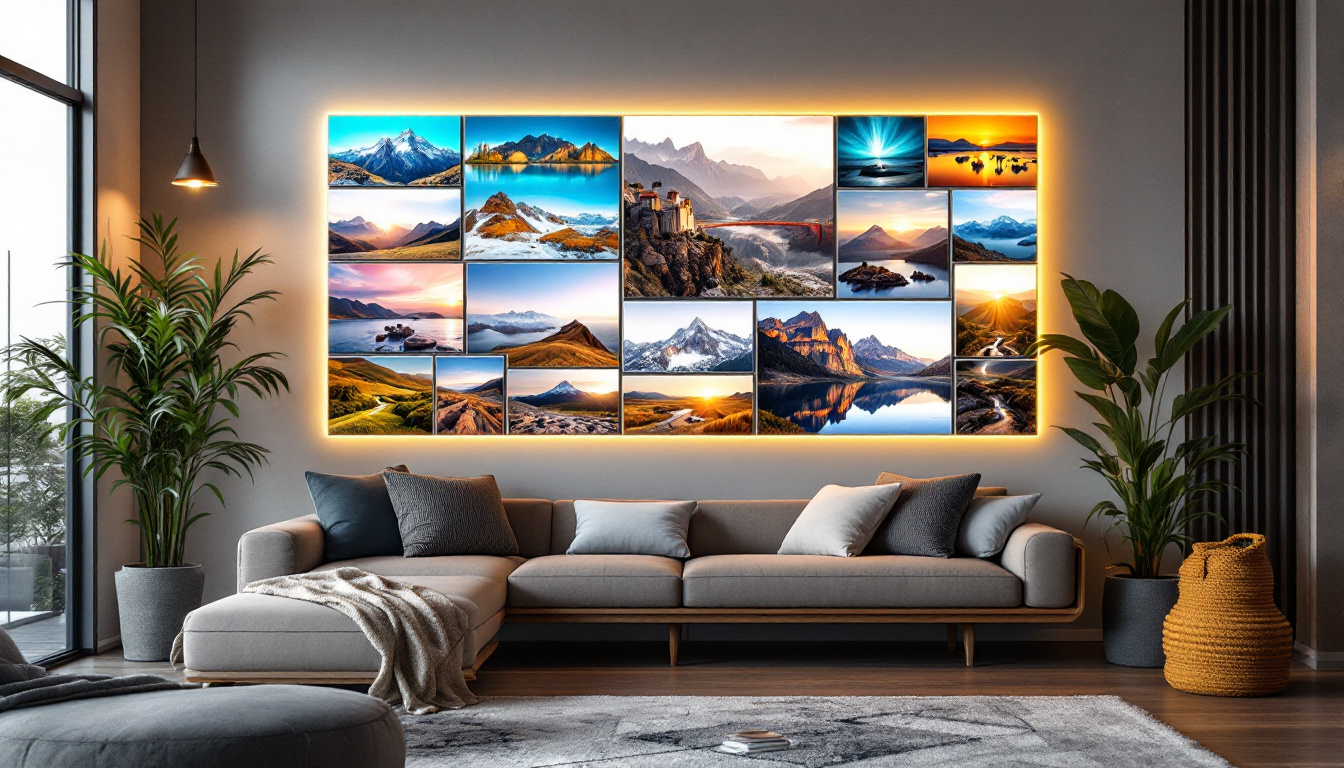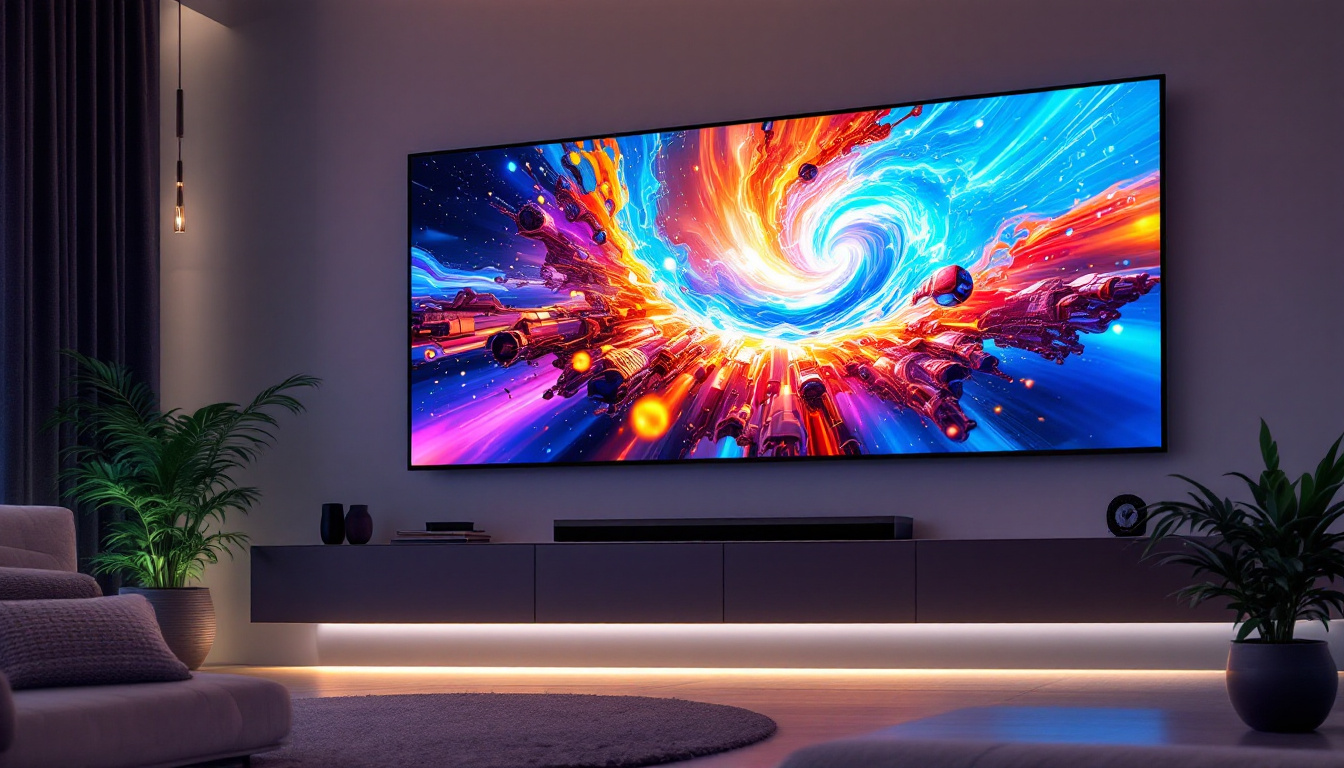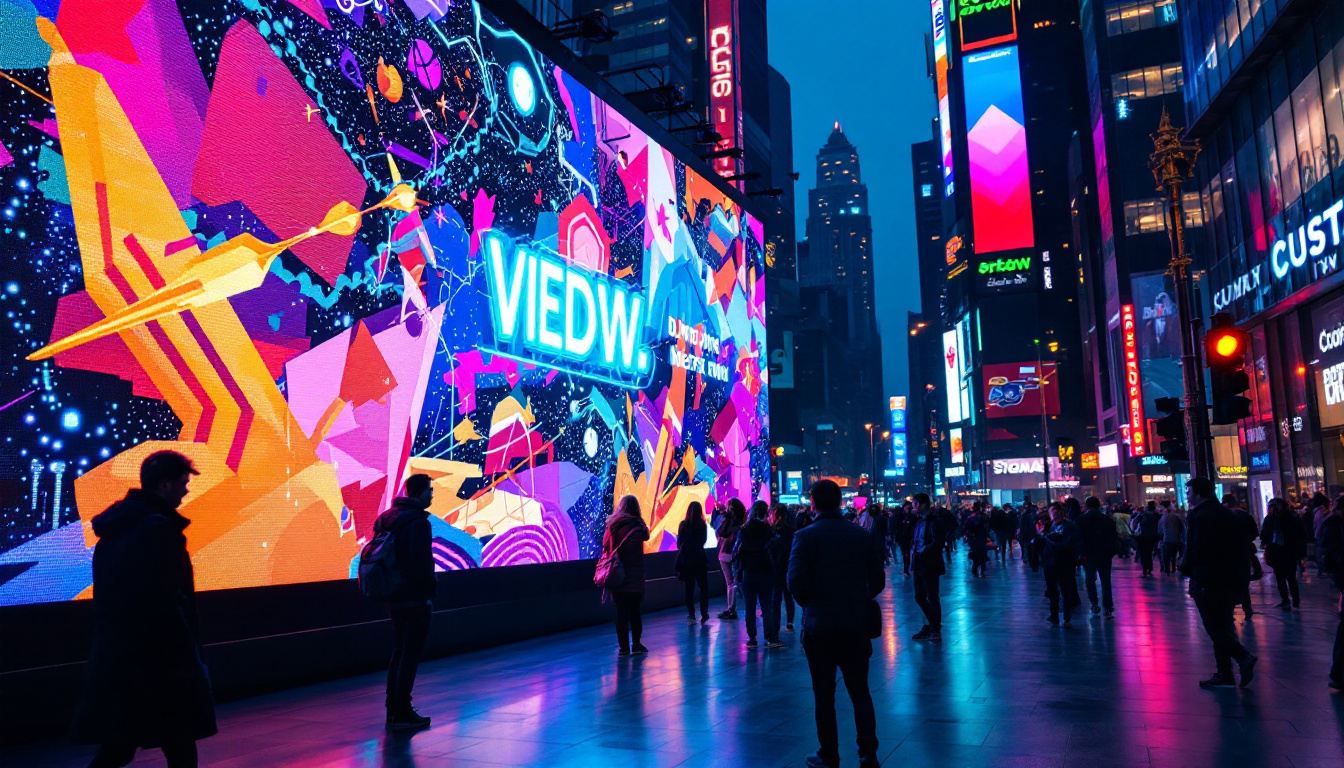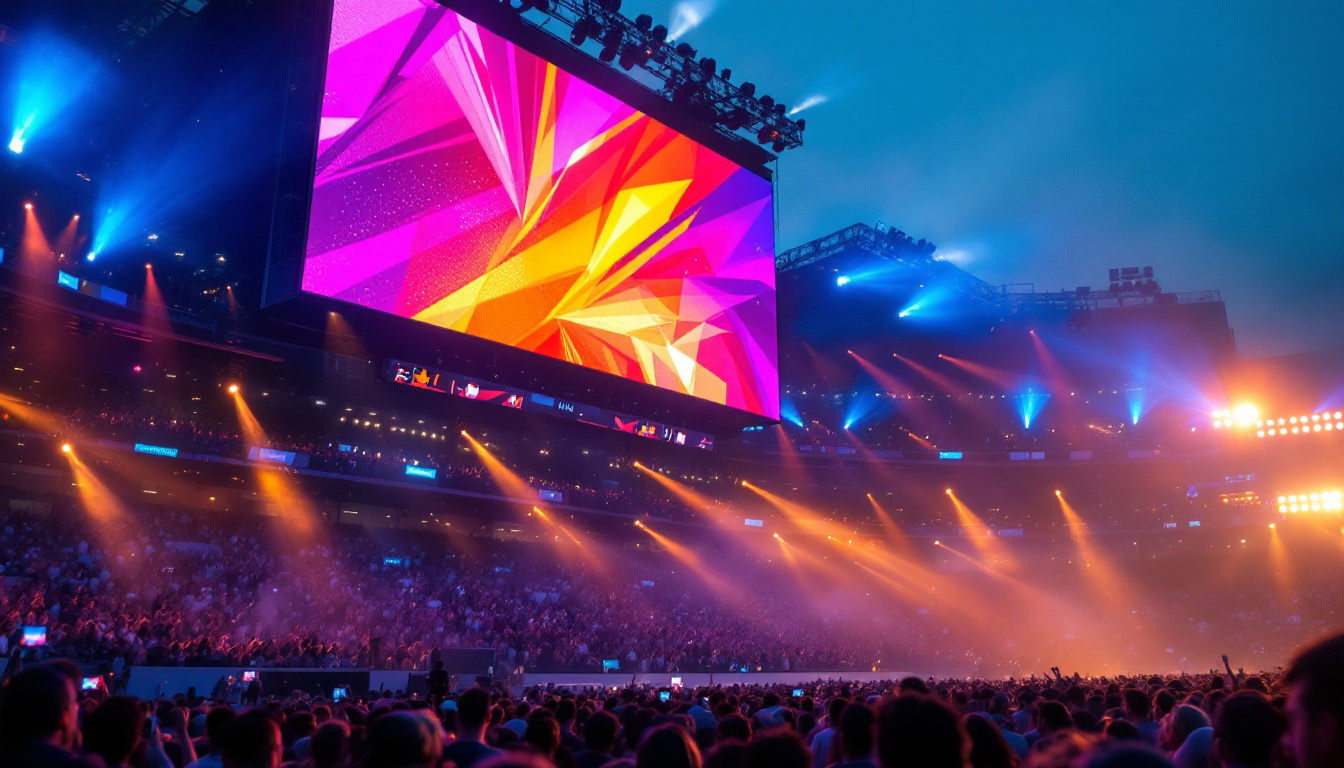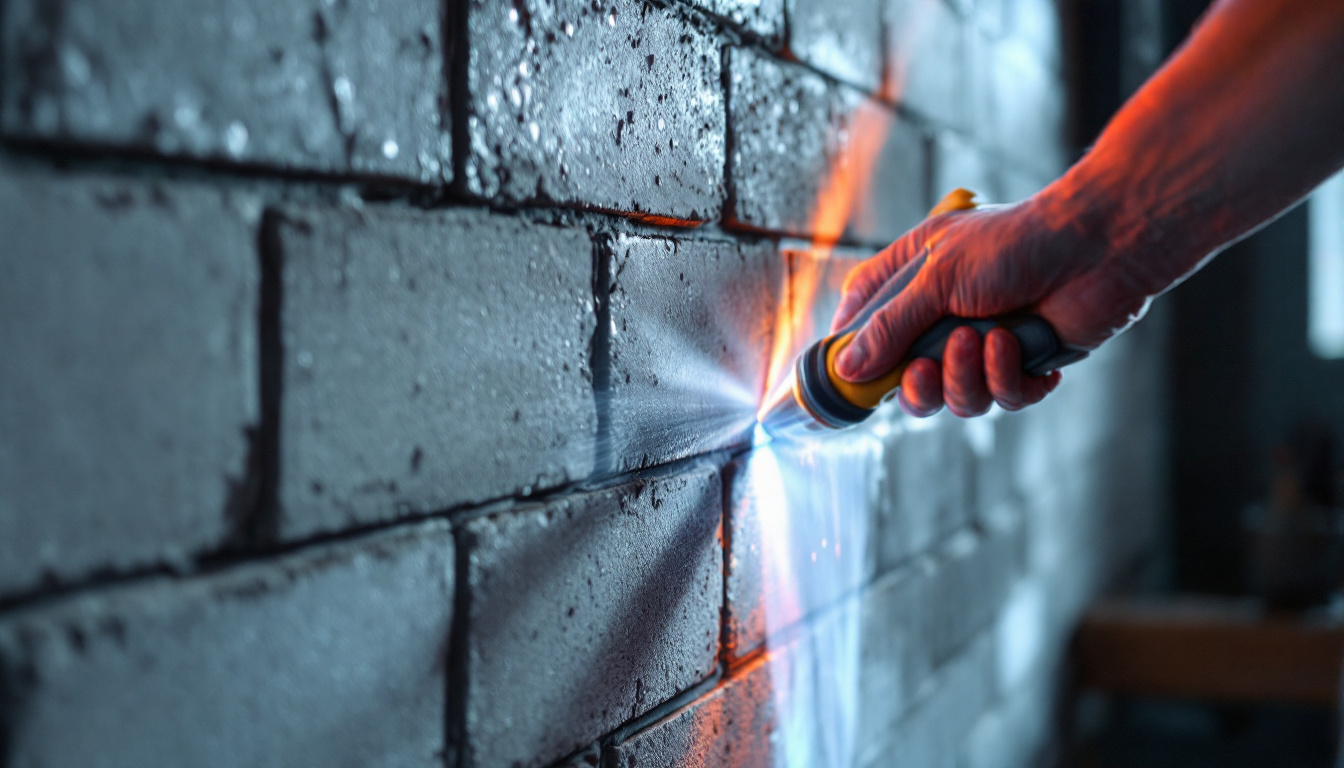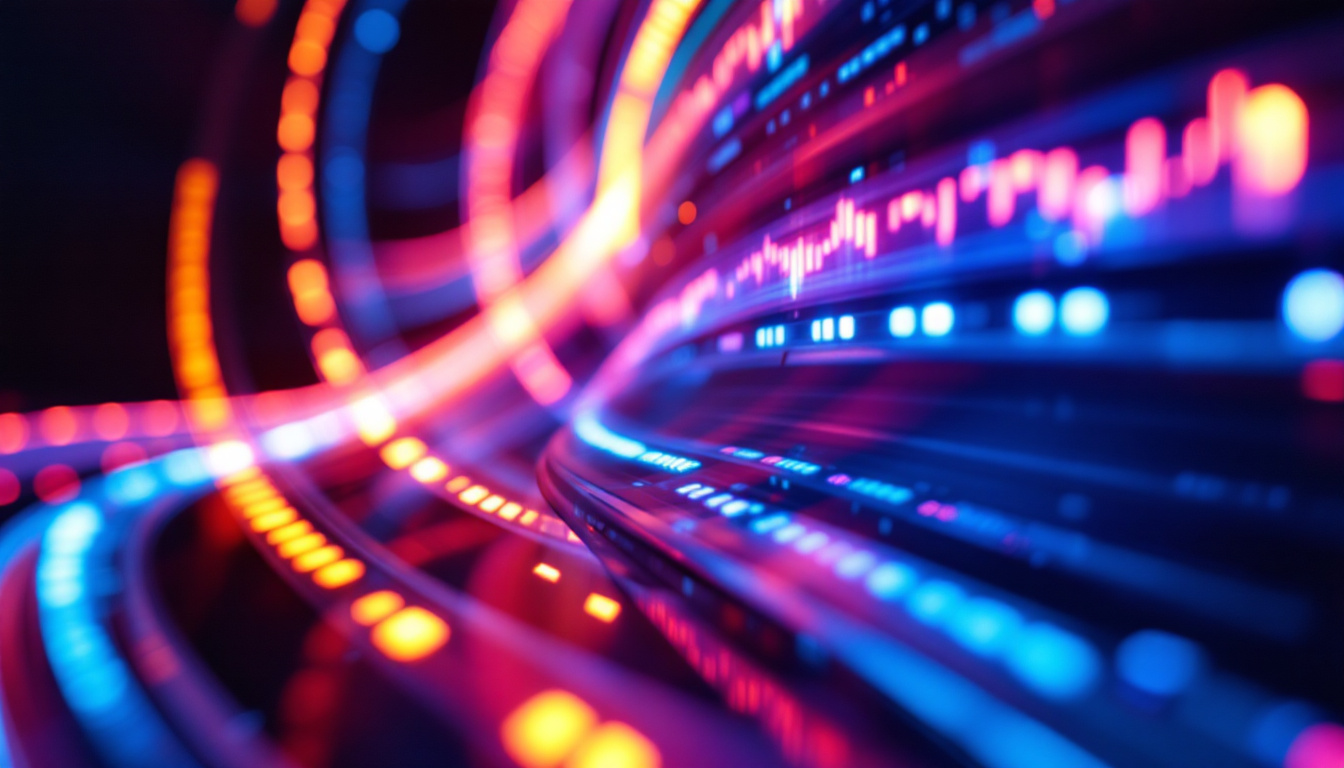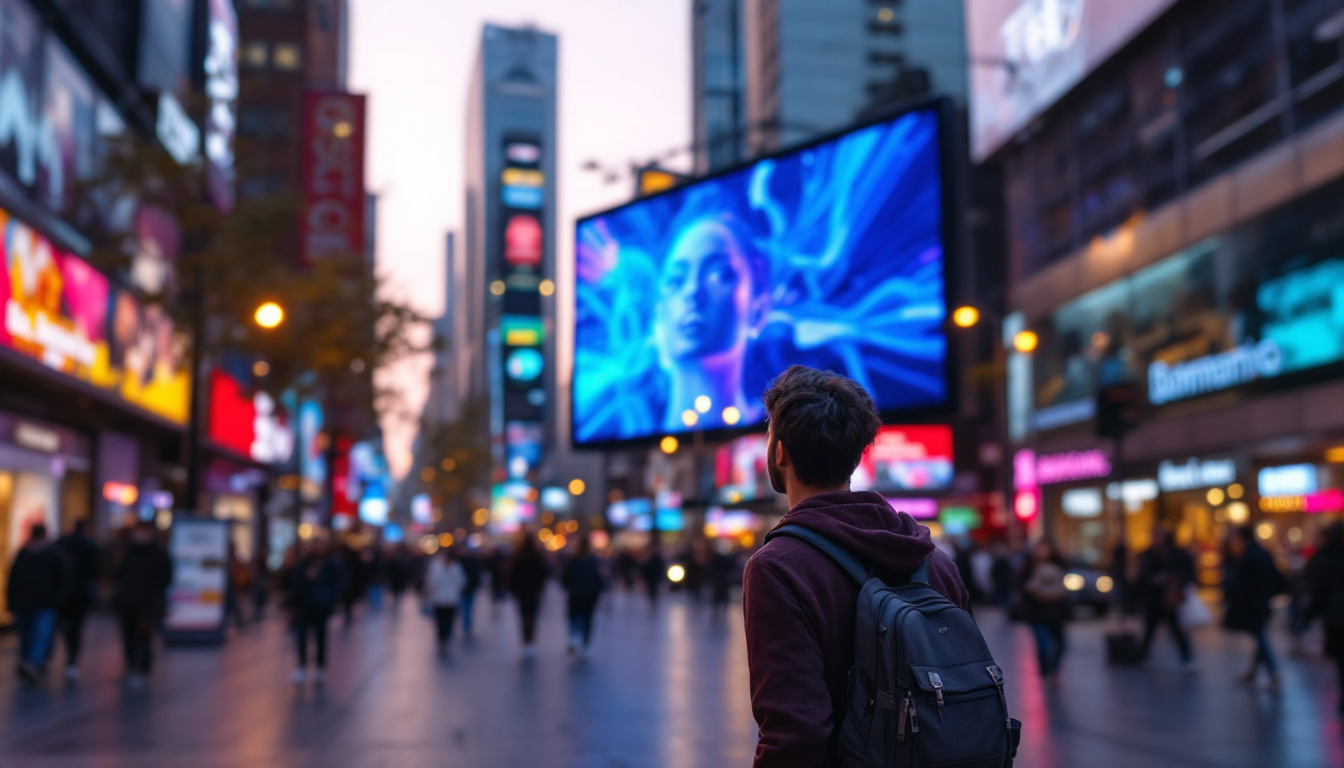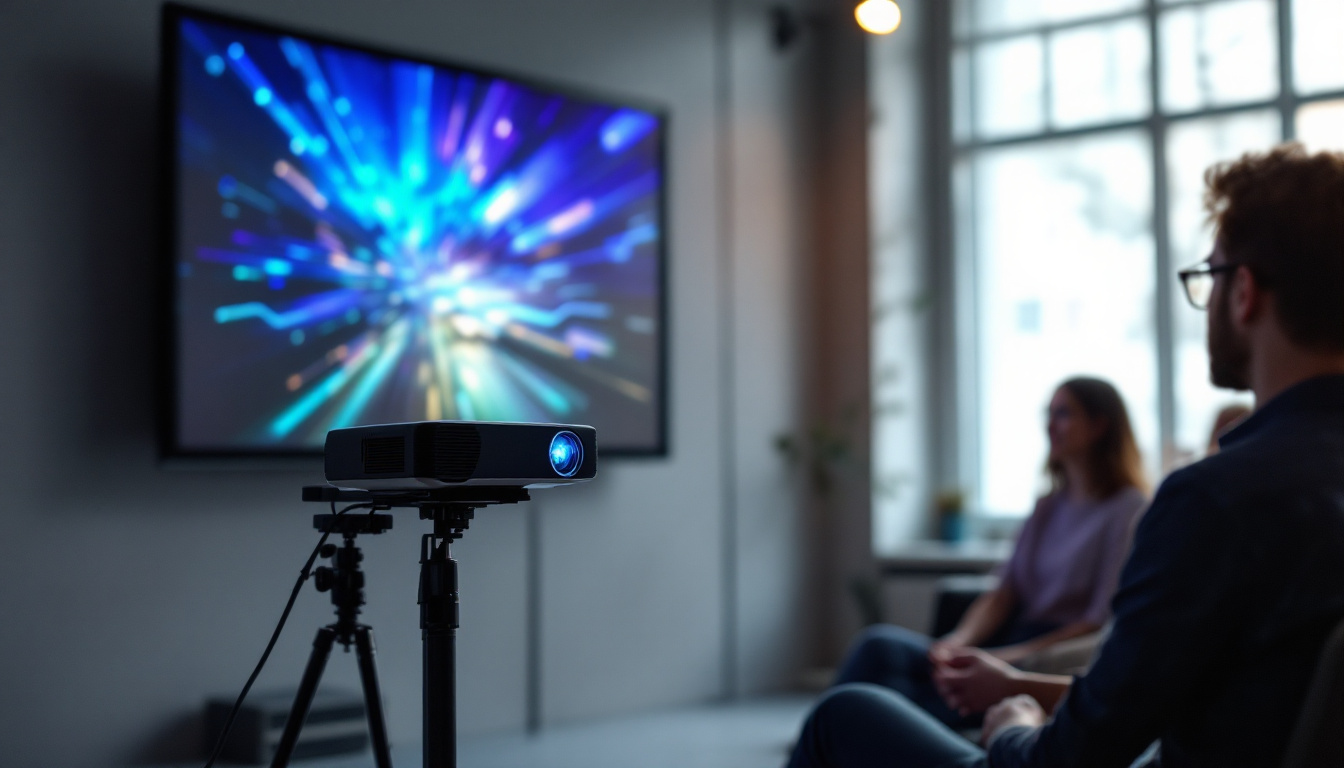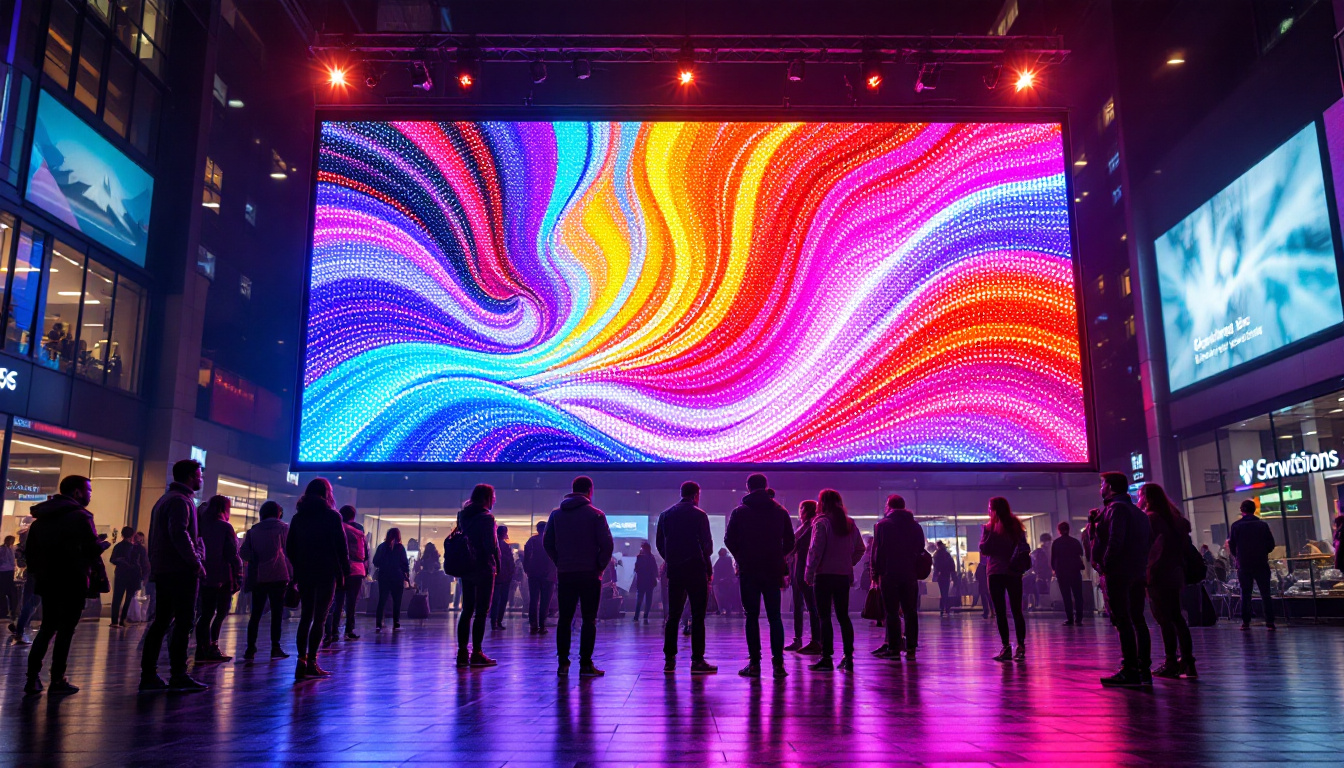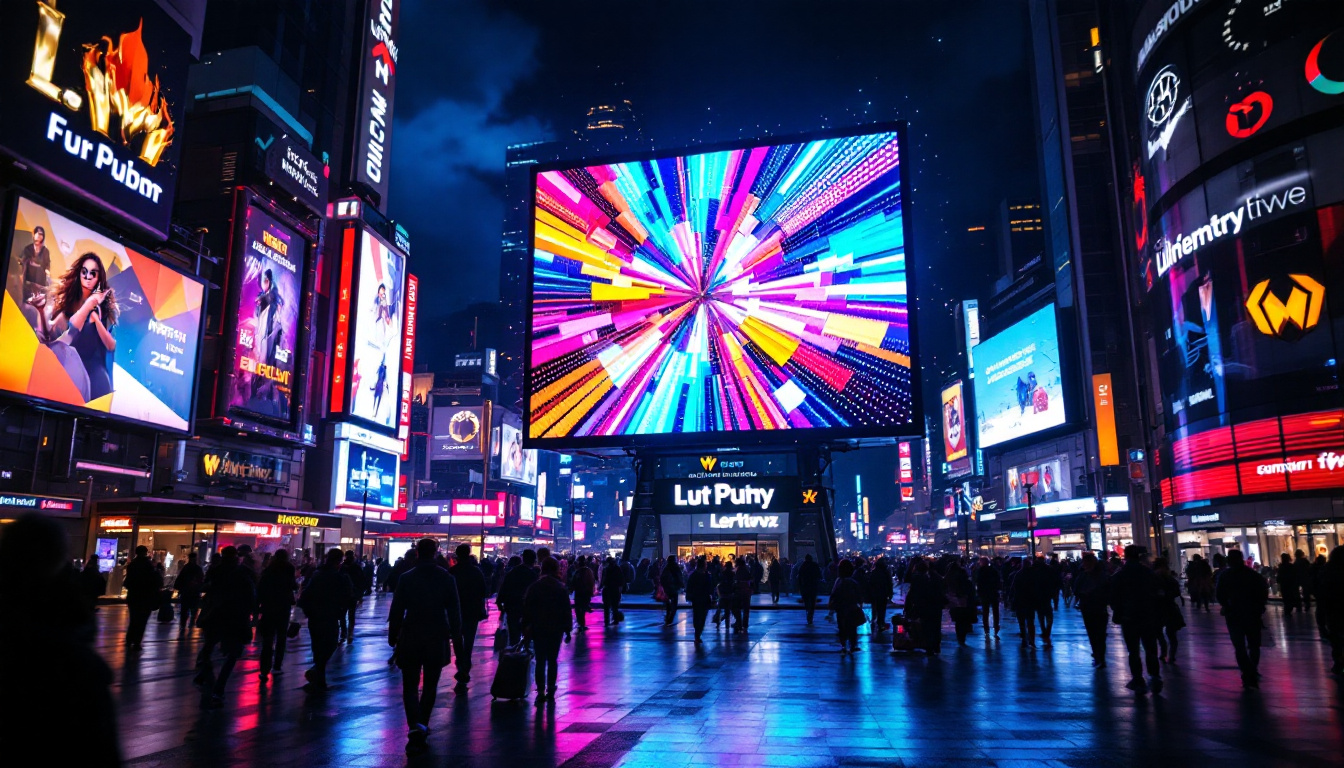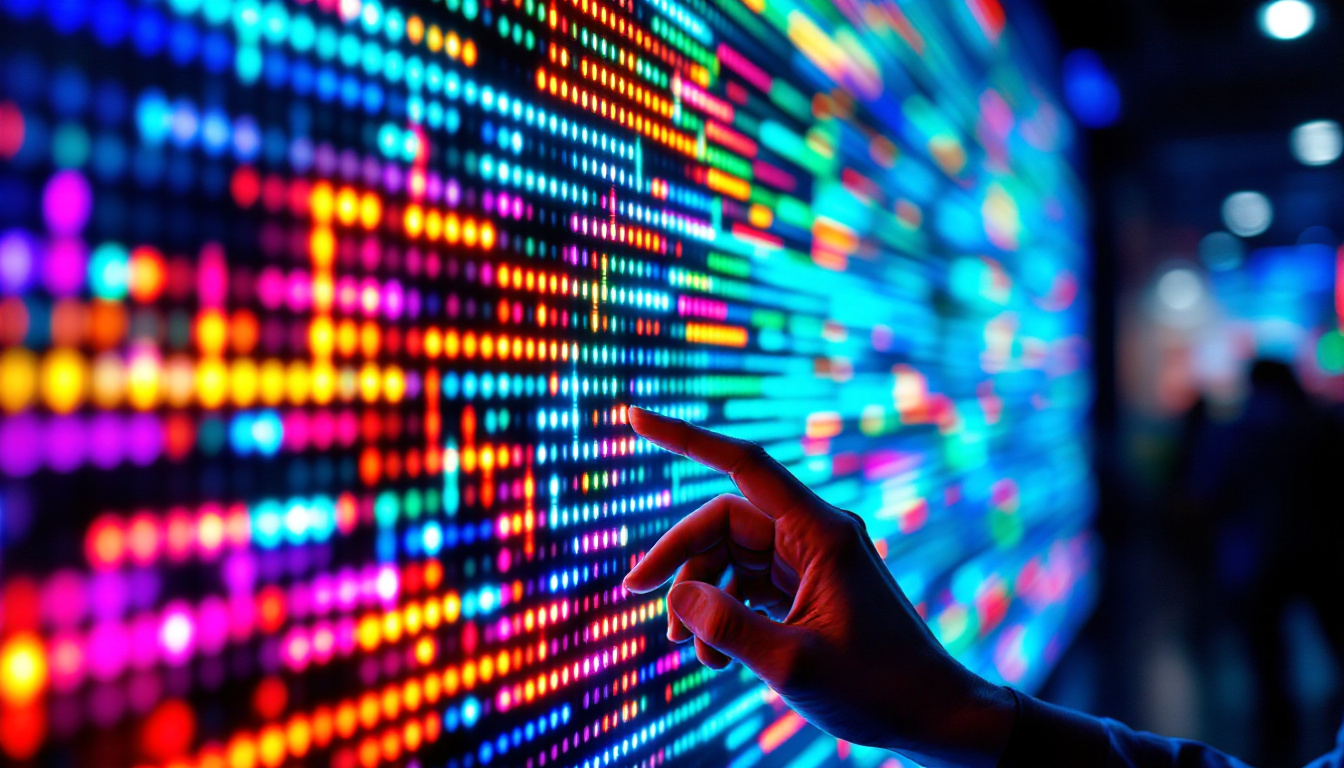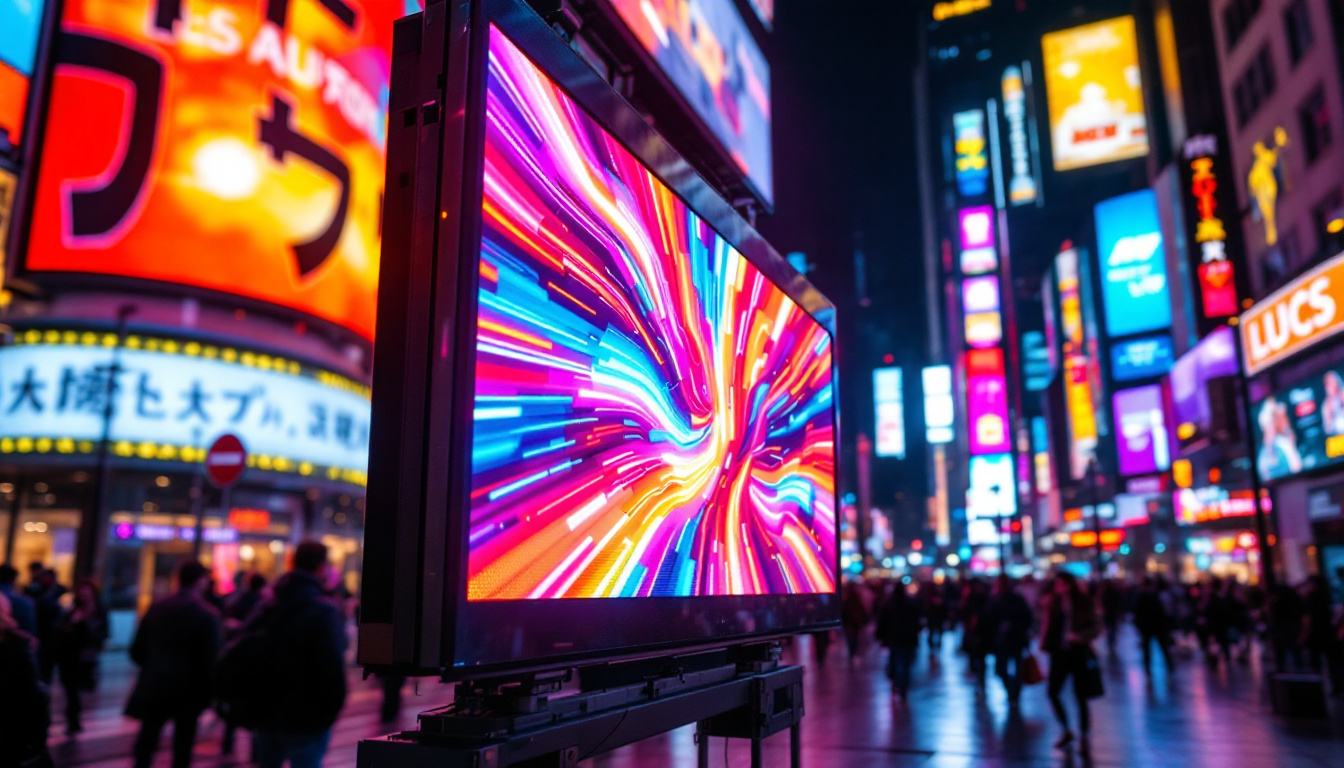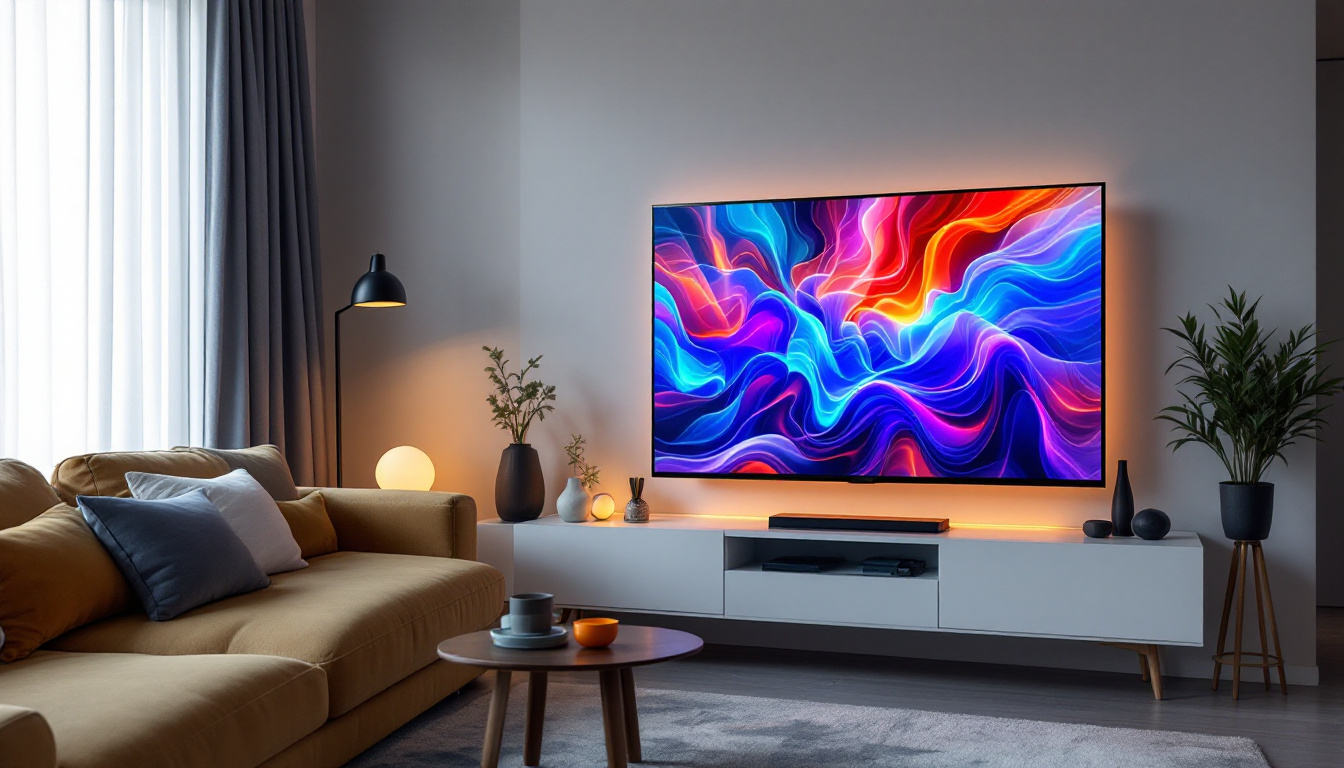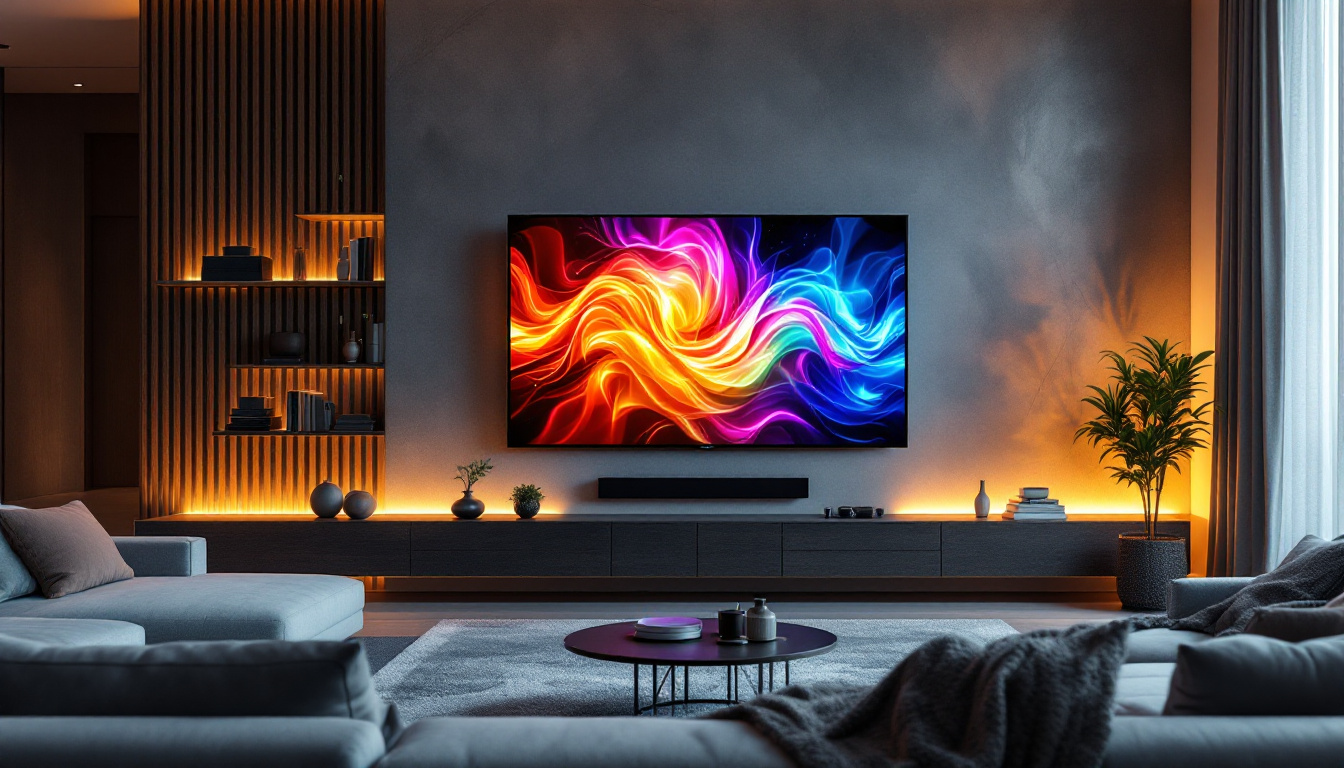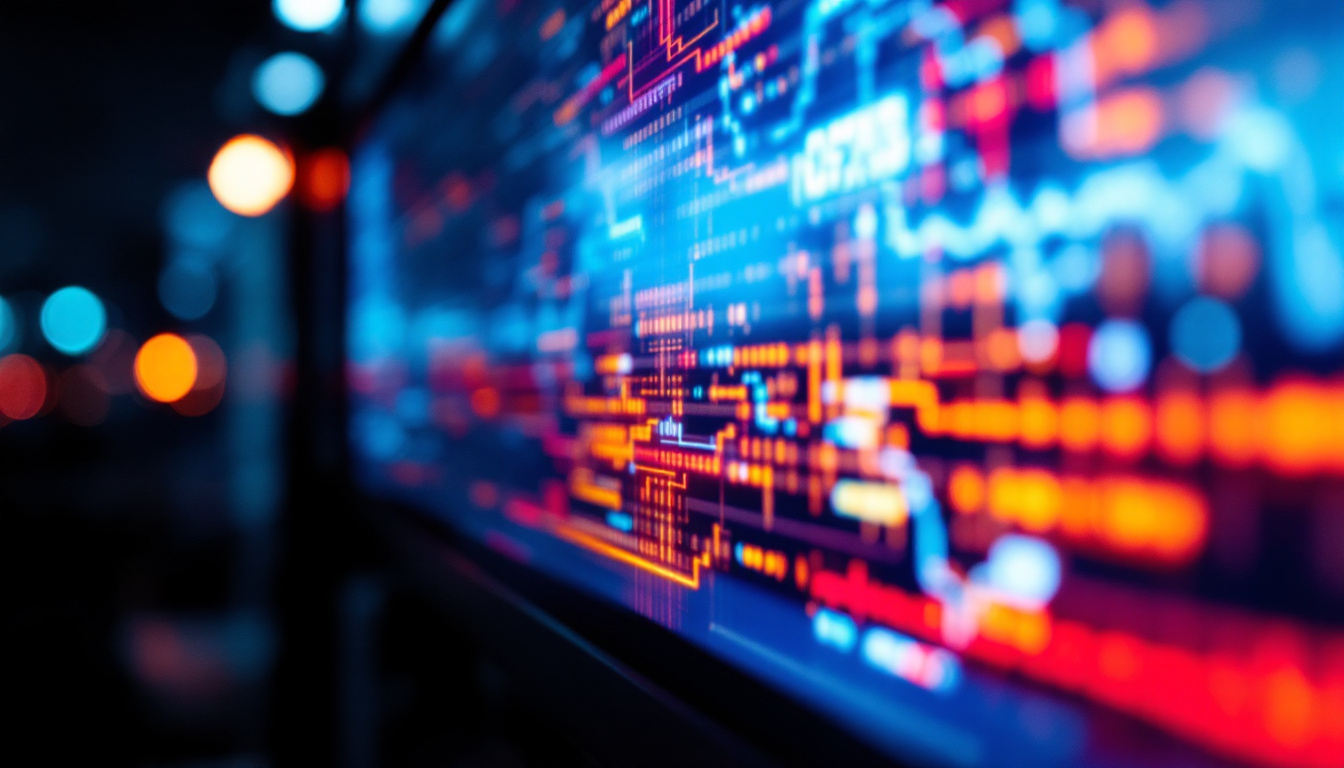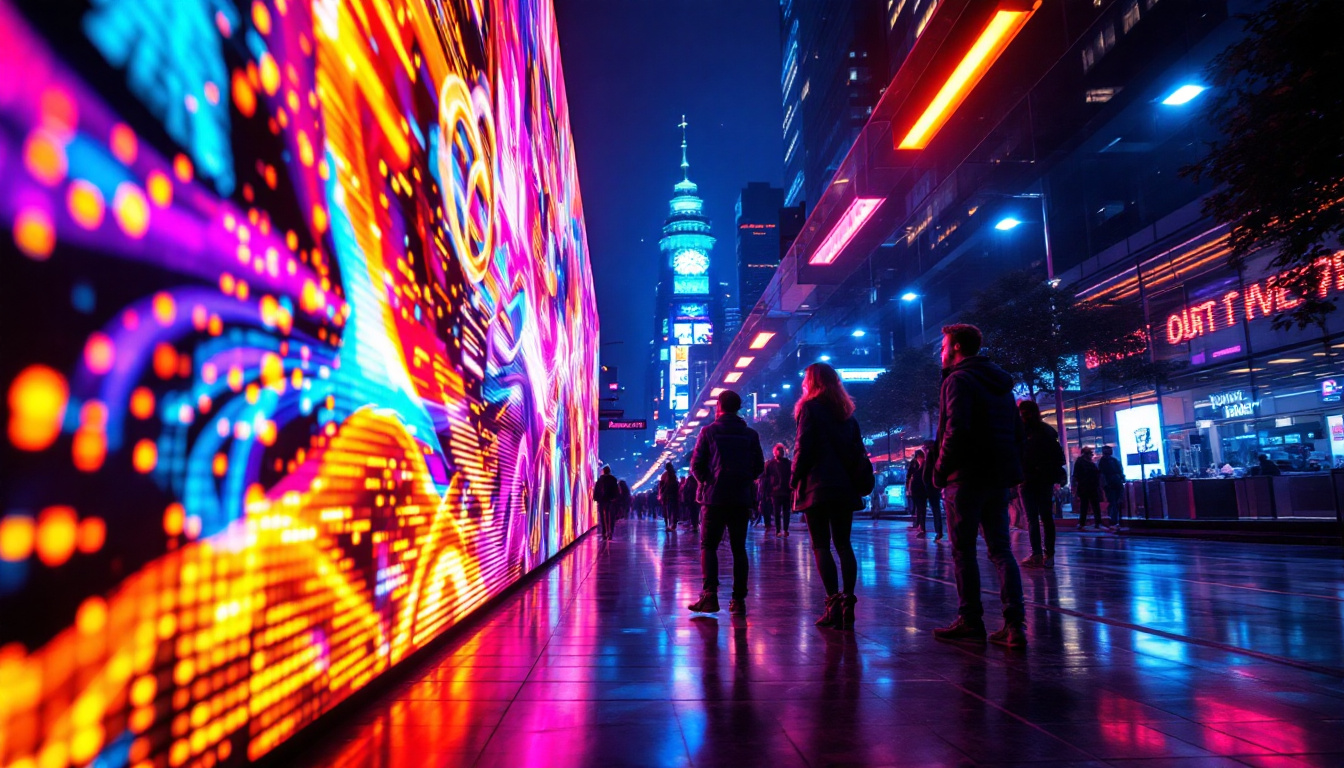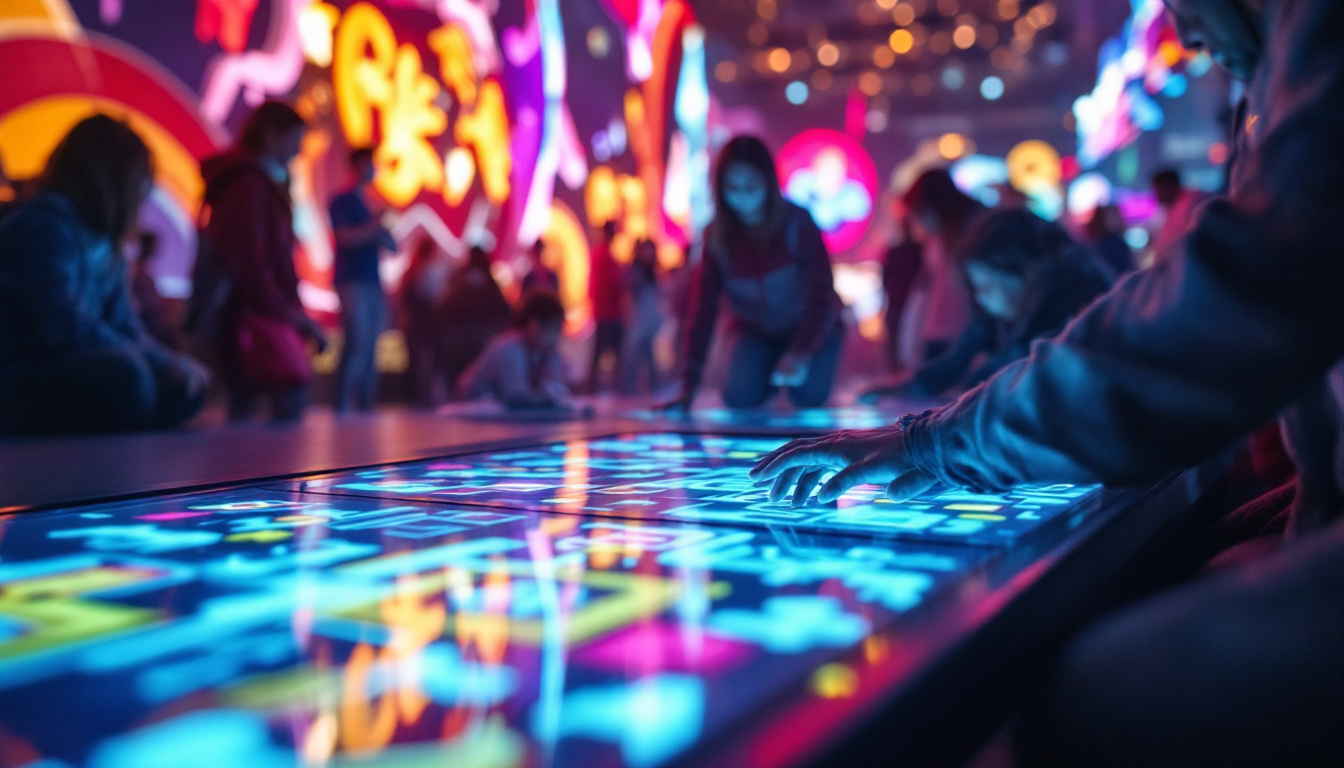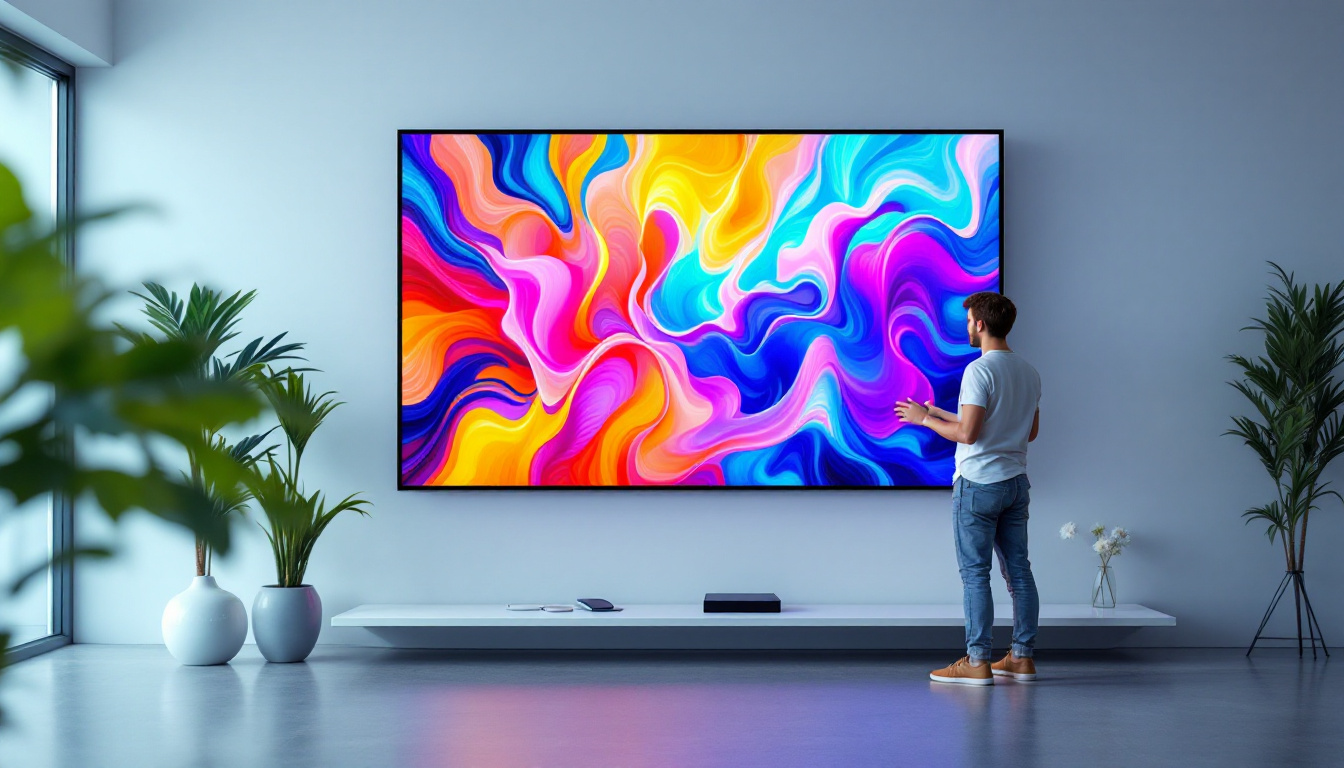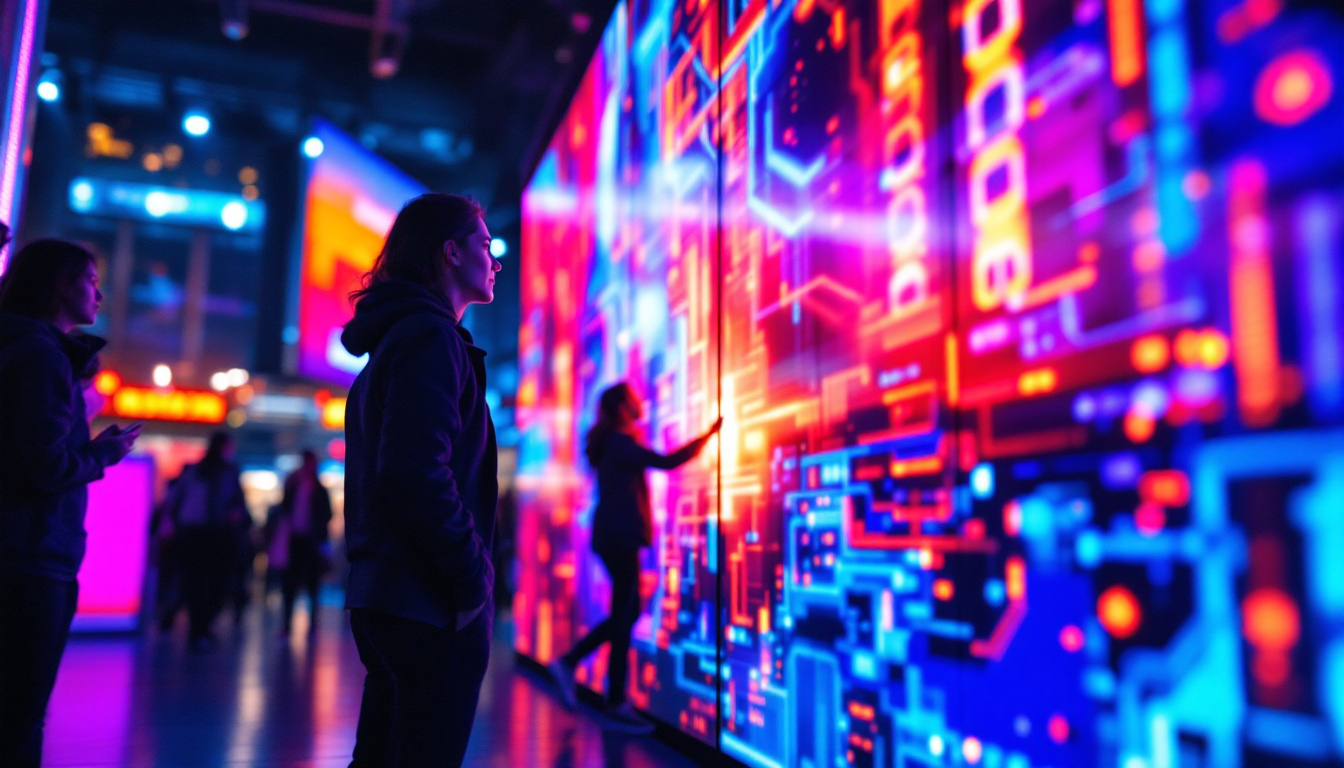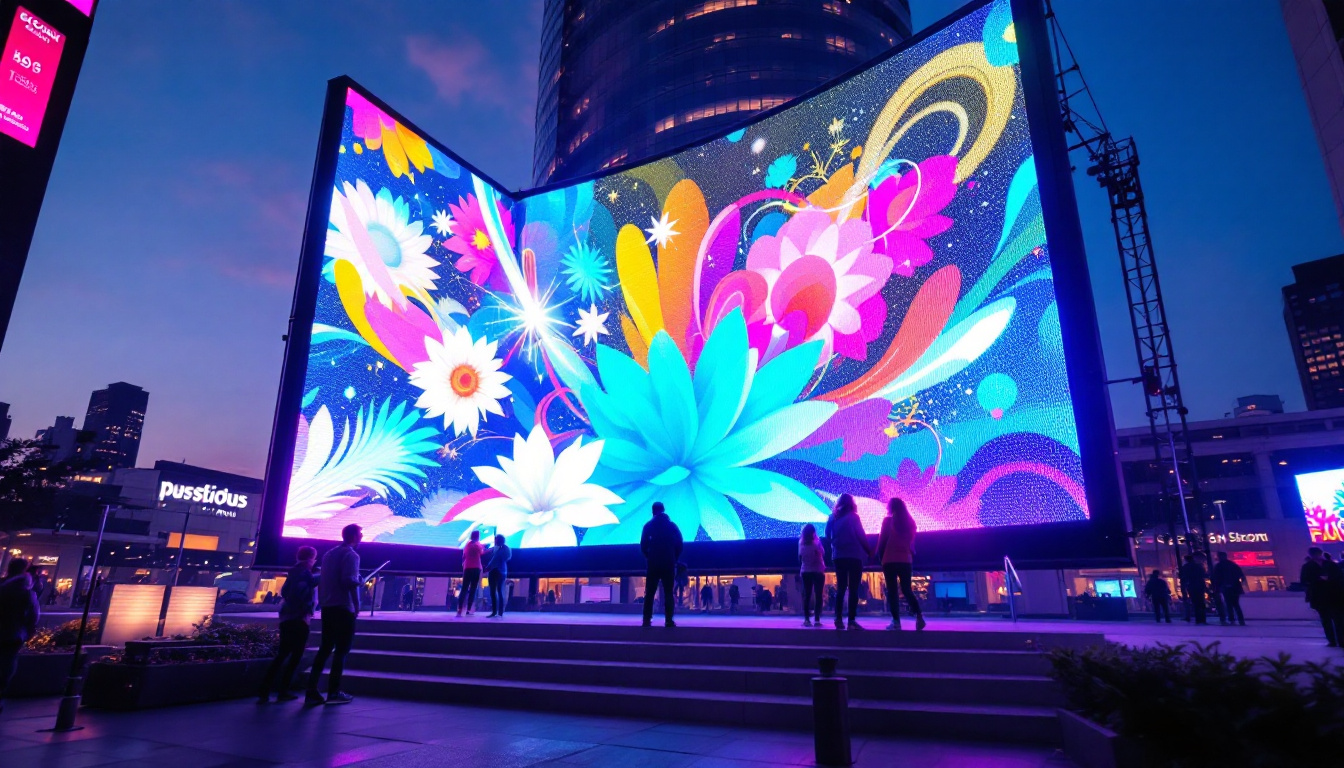In today’s digital world, LED display screens have become an integral part of our daily lives. From billboards to smartphones, these vibrant screens are everywhere, providing information, entertainment, and advertising in a visually striking manner. This article delves into the intricacies of LED display technology, exploring its components, applications, advantages, and future trends.
Understanding LED Technology
Light Emitting Diodes (LEDs) are semiconductor devices that emit light when an electric current passes through them. This technology has revolutionized the way we perceive visual content. Unlike traditional display technologies, LEDs offer several advantages, including lower energy consumption, longer lifespan, and superior brightness.
The Basics of LED Displays
LED displays are composed of numerous individual LEDs arranged in a grid. Each LED can emit different colors, and by combining these colors, a full spectrum of hues can be created. The most common configurations include RGB (Red, Green, Blue) systems, which allow for a wide range of colors to be displayed.
These displays can be categorized into two main types: direct view and backlit. Direct view LED displays consist of individual LED modules that create images directly, while backlit displays use LEDs to illuminate an LCD panel. Each type has its unique applications and benefits, catering to different needs in the market. For instance, direct view displays are often used in outdoor advertising and large-scale events due to their high brightness and visibility in daylight, while backlit displays are commonly found in televisions and computer monitors, providing a more uniform light source for enhanced image quality.
How LED Displays Work
The operation of an LED display hinges on the principles of light emission and color mixing. When an electric current flows through the semiconductor material in an LED, electrons recombine with holes, releasing energy in the form of photons. This process is known as electroluminescence.
In a typical RGB LED display, each pixel is made up of three separate LEDs—one red, one green, and one blue. By adjusting the intensity of each LED, a wide array of colors can be generated. This capability allows for the display of high-resolution images and videos, making LED displays ideal for dynamic content. Additionally, advancements in LED technology have led to the development of features such as pixel pitch, which refers to the distance between the centers of two adjacent pixels. A smaller pixel pitch results in higher pixel density, translating to sharper images and finer details, which is particularly beneficial for applications like digital signage and high-end television displays.
Moreover, the integration of smart technology with LED displays has opened new avenues for interactivity and user engagement. With the incorporation of sensors and connectivity options, these displays can adapt to their environment, changing brightness based on ambient light or even responding to viewer interactions. This level of adaptability not only enhances the viewing experience but also contributes to energy efficiency, as the display can optimize its performance based on real-time conditions.
Applications of LED Display Screens
LED display screens have a myriad of applications across various sectors. Their versatility allows them to be utilized in both indoor and outdoor settings, serving different purposes depending on the context.
Advertising and Marketing
One of the most prominent uses of LED displays is in advertising. Digital billboards and signage have transformed the advertising landscape, allowing businesses to showcase their products and services in a captivating manner. The ability to change content in real-time enables marketers to tailor their messages based on audience engagement and time of day.
Furthermore, the high brightness and contrast of LED displays ensure that advertisements are visible even in direct sunlight, making them effective tools for outdoor marketing campaigns. This adaptability has led to increased interest from businesses looking to enhance their visibility and reach.
Entertainment and Events
In the entertainment industry, LED screens play a crucial role in enhancing the audience experience. From concerts to sports events, large-scale LED displays are used to broadcast live performances, replays, and advertisements. Their ability to display vibrant colors and high-definition visuals captivates audiences, creating an immersive environment.
Moreover, LED technology has also found its way into theaters and cinemas, where it is used for both screens and stage lighting. The flexibility and dynamic nature of LED displays allow for creative storytelling and visual effects, elevating the overall production quality.
Corporate and Educational Use
In corporate environments, LED displays are commonly used for presentations, video conferencing, and information dissemination. Their clarity and brightness make them ideal for boardrooms and conference halls, ensuring that information is conveyed effectively to all attendees.
educational institutions have also embraced LED technology, utilizing it for interactive learning experiences. Digital signage in schools and universities can provide real-time updates, event announcements, and educational content, fostering a more engaging learning atmosphere.
Advantages of LED Display Screens
LED display screens offer numerous advantages over traditional display technologies, making them a preferred choice for many applications. Understanding these benefits can help organizations and individuals make informed decisions when selecting display solutions.
Energy Efficiency
One of the most significant advantages of LED displays is their energy efficiency. Compared to traditional incandescent or fluorescent displays, LEDs consume significantly less power. This reduction in energy consumption not only lowers operational costs but also contributes to environmental sustainability.
Additionally, the long lifespan of LED displays—often exceeding 50,000 hours—means that they require less frequent replacements, further enhancing their cost-effectiveness over time.
High Brightness and Visibility
LED displays are known for their exceptional brightness, which makes them suitable for both indoor and outdoor environments. The high luminance levels ensure that content remains visible even in bright sunlight, making them ideal for outdoor advertising and signage.
Moreover, the contrast ratio of LED displays is superior to that of traditional displays, allowing for deeper blacks and more vibrant colors. This capability enhances the overall viewing experience, making content more engaging and visually appealing.
Flexibility and Versatility
LED technology is incredibly versatile, allowing for a wide range of display sizes and configurations. From small screens for personal devices to massive outdoor billboards, LED displays can be customized to meet specific requirements. This adaptability makes them suitable for various applications across different industries.
Furthermore, advancements in technology have led to the development of flexible LED displays, which can be bent or shaped to fit unconventional spaces. This innovation opens up new possibilities for creative installations and designs.
Challenges and Considerations
While LED display technology offers numerous benefits, it is not without its challenges. Understanding these potential drawbacks is crucial for making informed decisions regarding their implementation.
Initial Costs
The initial investment for LED display technology can be significant, especially for large-scale installations. Although the long-term savings on energy and maintenance can offset these costs, organizations must consider their budget and financial capabilities when investing in LED displays.
Additionally, the rapid pace of technological advancements means that new models and features are constantly being introduced. This can lead to concerns about obsolescence, as organizations may feel pressured to upgrade to the latest technology to remain competitive.
Maintenance and Technical Issues
Like any technology, LED displays require regular maintenance to ensure optimal performance. Dust, dirt, and environmental factors can affect the display’s brightness and clarity, necessitating cleaning and upkeep.
Moreover, technical issues such as pixel failure or color inconsistency can arise, requiring prompt attention to maintain the display’s quality. Organizations must be prepared to address these challenges to ensure that their LED displays continue to function effectively.
The Future of LED Display Technology
The future of LED display technology looks promising, with ongoing advancements set to enhance their capabilities further. As technology evolves, several trends are emerging that will shape the landscape of LED displays in the coming years.
Integration with Smart Technology
As the Internet of Things (IoT) continues to grow, the integration of LED displays with smart technology is becoming increasingly prevalent. Smart LED displays can connect to the internet, allowing for real-time content updates, remote management, and data analytics.
This connectivity enables organizations to tailor their messaging based on audience behavior and preferences, leading to more effective communication and engagement. Additionally, smart LED displays can incorporate sensors to adjust brightness based on ambient light conditions, further enhancing energy efficiency.
Advancements in Resolution and Quality
With the demand for higher resolution displays on the rise, manufacturers are continuously working to improve the pixel density and quality of LED displays. Innovations such as MicroLED technology promise to deliver even greater clarity and color accuracy, making them suitable for applications requiring high-definition visuals.
As resolution improves, LED displays will be able to provide more detailed and immersive experiences, particularly in entertainment and advertising sectors where visual impact is crucial.
Environmental Considerations
As sustainability becomes a priority for many organizations, the LED display industry is also focusing on environmentally friendly practices. This includes the development of recyclable materials, energy-efficient manufacturing processes, and initiatives to reduce electronic waste.
By prioritizing sustainability, manufacturers can not only meet regulatory requirements but also appeal to environmentally conscious consumers, creating a win-win situation for both businesses and the planet.
Conclusion
LED display screens have transformed the way information is conveyed and consumed in various sectors. Their energy efficiency, high brightness, and versatility make them an attractive option for advertising, entertainment, and education. While challenges such as initial costs and maintenance exist, the benefits far outweigh the drawbacks.
As technology continues to advance, the future of LED displays looks bright, with innovations poised to enhance their capabilities further. Organizations and individuals alike can leverage this technology to create engaging and impactful visual experiences that resonate with audiences.
In a world where visual communication is paramount, understanding LED display technology is essential for making informed decisions that align with both current needs and future trends.
Discover LumenMatrix’s Innovative LED Display Solutions
Ready to elevate your visual communication with the latest in LED technology? LumenMatrix is at the forefront of creating immersive and dynamic visual experiences. Whether you’re looking to enhance your brand’s presence with an Indoor LED Wall Display, capture attention with an Outdoor LED Wall Display, or innovate on the move with a Vehicle LED Display, LumenMatrix has a solution tailored to your needs. Explore our extensive range of products, including LED Poster Displays, LED Sports Displays, Floor LED Displays, Custom LED Displays, All-in-One LED Displays, and LED Transparent Displays. Embrace the future of display technology and check out LumenMatrix LED Display Solutions today to see how we can help your business make a lasting impression.

